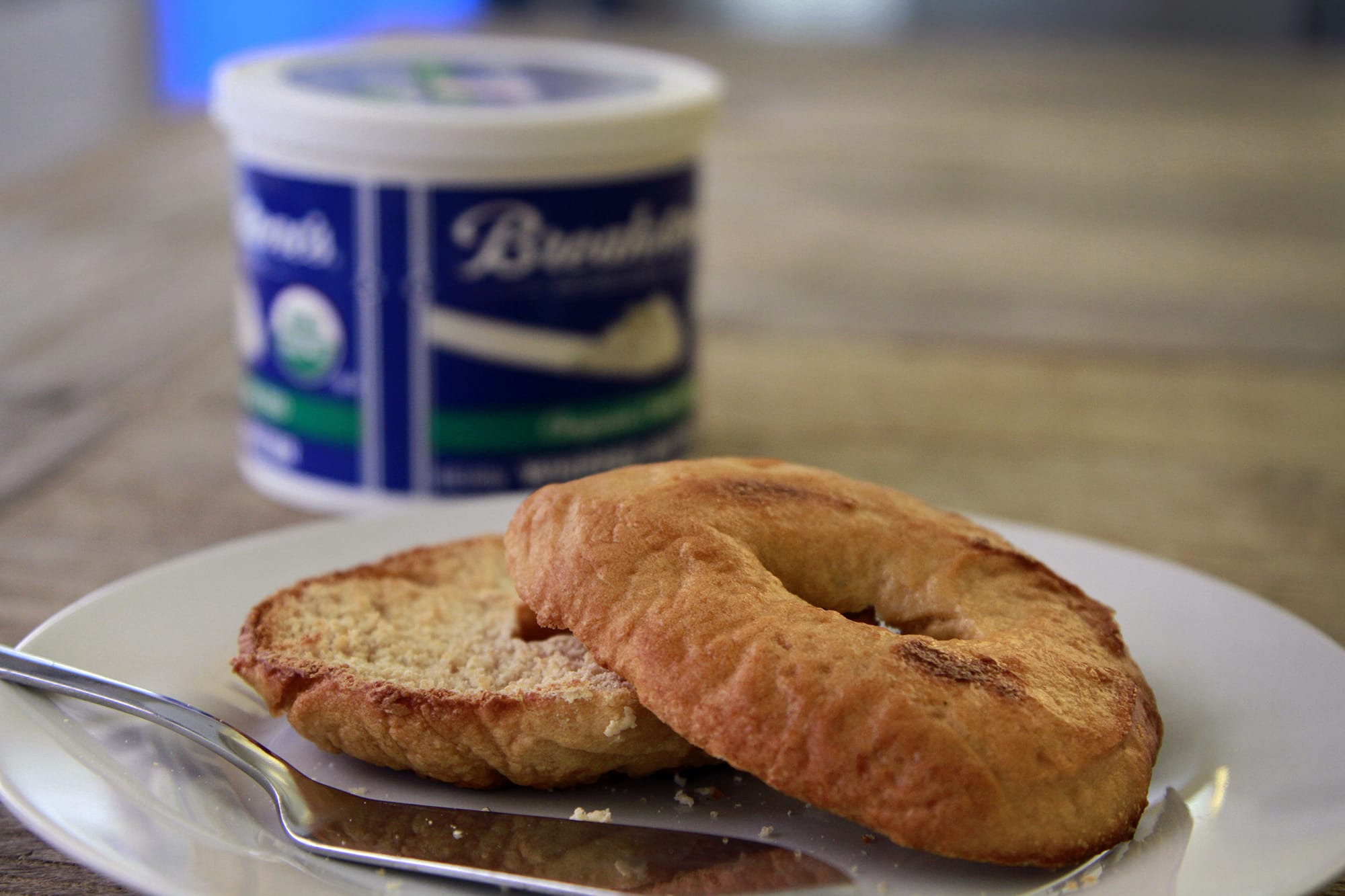NEW YORK — What’s brown and sticky?
When I was young and innocent, this was the setup to my favorite joke. (The punchline: “A stick.”) Now that I make my living as a cooking curmudgeon, the first answer that comes to mind is barley malt syrup, the ingredient that makes bagels bagels.
Barley malt syrup is the stickiest substance I have ever personally encountered. When you pull a spoon out of a jar of it, that dangling thread of syrup remains unbroken for far longer than you think it will. It’s like Donna Summer singing that sustained, seemingly unending “up” in “Dim All the Lights.” In other words, when you buy barley malt syrup (which you will likely find at your local health food store), expect to get it all over your fingers, countertops and possibly your floor.
But buy it you must if you want to make bagels at home — and if you live outside the New York metropolitan area, you should. There are a wealth of good bagelries within a mile of my apartment building in Brooklyn, but non-New Yorkers are stuck with pallid imitations from suburban bakeries or, worse, frostbitten Lender’s. A so-called bagel made outside of New York is in all likelihood “a roll with a hole, not a bagel,” in the words of my colleague Brian Palmer. (Don’t even get me started on overly sweet Montreal bagels, which eminent food writer Mimi Sheraton once accurately said “could not even be called bagels.”)
So what makes a bagel a bagel? As previously mentioned, it has to contain barley malt syrup. Sugar, honey and molasses are simply no substitutes for this complex, not-particularly-sweet, tar-like substance.



